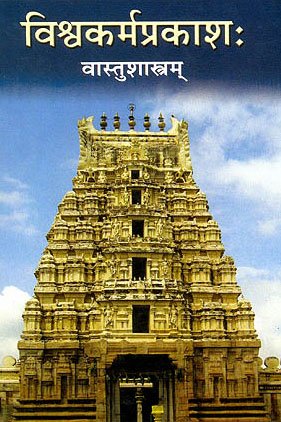Kapotanasi, Kapotanāsi, Kapota-nasi: 1 definition
Introduction:
Kapotanasi means something in Hinduism, Sanskrit. If you want to know the exact meaning, history, etymology or English translation of this term then check out the descriptions on this page. Add your comment or reference to a book if you want to contribute to this summary article.
In Hinduism
Vastushastra (architecture)
Source: Shodhganga: Temples of Salem region Up to 1336 ADKapotanāsi (कपोतनासि).—Nāsis found on the kapota are kapotanāsis. Texts prescribe that the carving of the kapotanāsi should begin from the bottom line of the kapota and its height should be such that it ends below the level of the vājana on the top of the kapota. However, the latter part of this rule was not followed strictly. The Texts also mention that the vertical alignment of the nāsi should be parallel to the vertical norm of the bhittipāda below. But this was also not always strictly adhered to by the builders.

Vastushastra (वास्तुशास्त्र, vāstuśāstra) refers to the ancient Indian science (shastra) of architecture (vastu), dealing with topics such architecture, sculpture, town-building, fort building and various other constructions. Vastu also deals with the philosophy of the architectural relation with the cosmic universe.
See also (Relevant definitions)
Partial matches: Kapota, Nashin.
Full-text: Nashin.
Relevant text
No search results for Kapotanasi, Kapotanāsi, Kapota-nasi, Kapota-nāsi; (plurals include: Kapotanasis, Kapotanāsis, nasis, nāsis) in any book or story.